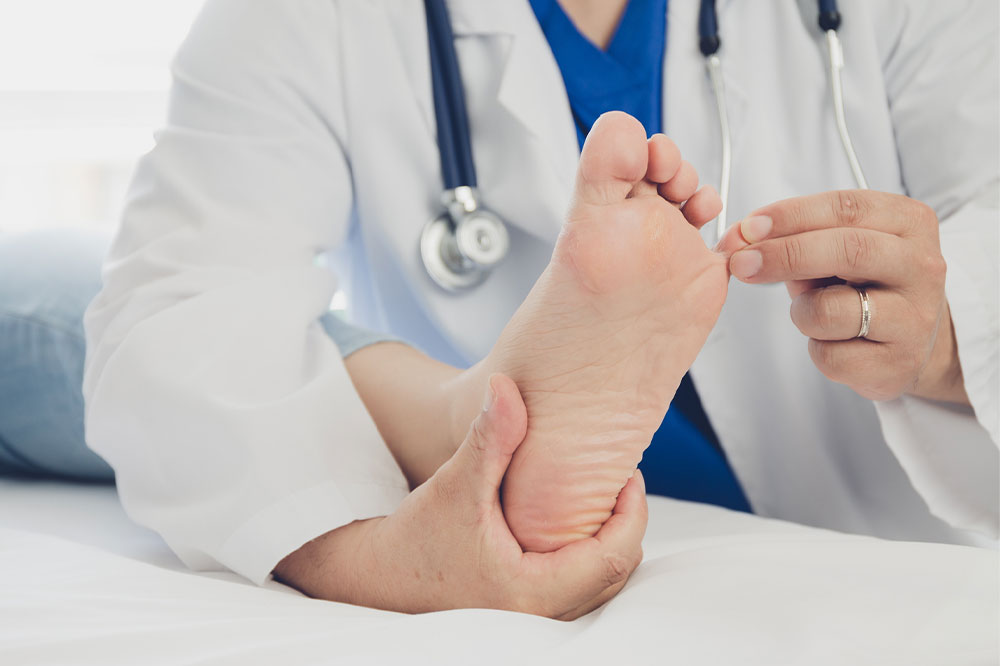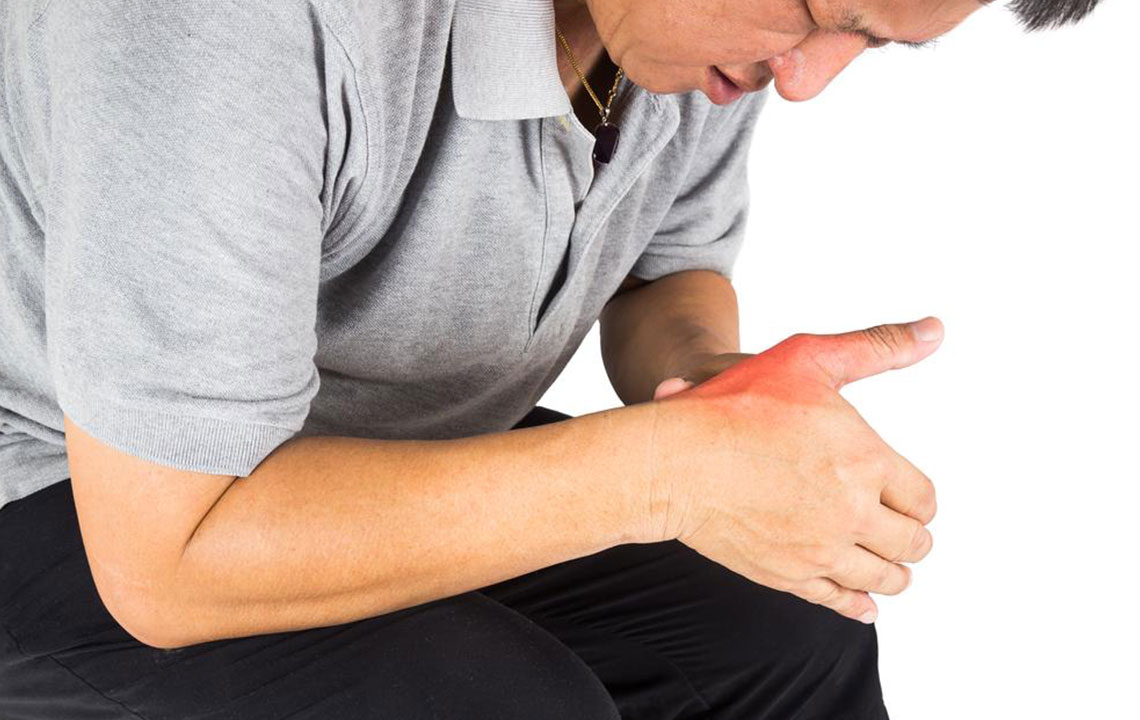Complete Guide to Relieving Toe Pain and Discomfort
This detailed guide explains the various causes of toe discomfort, including injuries, infections, and medical conditions. It offers practical advice on how to recognize symptoms, manage pain, and seek appropriate treatment to restore mobility and prevent complications. The article emphasizes early intervention and lifestyle adjustments for effective relief, making it an essential resource for anyone experiencing toe pain.

Understanding Causes and Effective Remedies for Toe Discomfort
Toe pain and discomfort are common problems that can significantly impact daily activities and overall quality of life. The causes of toe discomfort are diverse, ranging from simple injuries to complex medical conditions such as arthritis or infections. Recognizing these causes and knowing how to manage them effectively can help alleviate pain, prevent recurrence, and maintain mobility. This comprehensive guide explores the primary causes of toe pain, signs to watch for, and actionable strategies for relief and treatment.
Among athletes and active individuals, toe injuries are increasingly prevalent, often resulting from sports, repetitive movements, or improper footwear. Recognizing symptoms early is crucial to prevent worsening conditions.
Signs of Toe Discomfort
Persistent numbness, burning sensations, or increased warmth around the toe area may indicate underlying inflammation or nerve issues.
Severe pain that hampers walking or standing signals possible fractures or dislocation.
Swelling, bruising, tenderness, and visible deformities are common indicators of injury or infection.
In some cases, conditions like ingrown toenails, corns, or calluses can develop bumps or thickened skin that cause discomfort.
Understanding the Causes of Toe Discomfort
Toe pain can result from numerous causes, including injuries, infections, structural abnormalities, and systemic health issues.
Injuries such as sprains, fractures, dislocations, or soft tissue trauma from sports or accidents frequently cause acute pain.
Infections, whether bacterial, fungal, or viral, can lead to redness, swelling, and tenderness.
Structural issues like bunions, corns, ingrown toenails, and deformities affect bone alignment and nerve function, leading to chronic discomfort.
Autoimmune diseases such as rheumatoid arthritis and gout are significant contributors to joint pain in the toes.
Other environmental factors, including ill-fitting shoes, repeated pressure, or trauma, exacerbate these conditions and foster pain development.
Older adults may experience degenerative changes in joint cartilage, contributing to osteoarthritis-related toe pain.
In addition to localized issues, systemic health problems—like diabetes—can impair nerve function, increasing susceptibility to injury and pain.
How to Manage and Treat Toe Discomfort Effectively
Prompt rest is essential; reducing movement minimizes tissue strain and facilitates healing.
Applying ice packs during the initial injury phase helps reduce swelling and numb pain.
Elevating the foot above heart level decreases congestion and improves blood circulation.
Over-the-counter pain relievers may provide temporary relief but should be used under medical guidance to prevent adverse effects.
Proper footwear—comfortably fitting, supportive shoes—can prevent further injuries and alleviate nerve compression.
For persistent or severe pain, consulting a healthcare professional for accurate diagnosis and tailored treatment plans is crucial.
Physical therapy and specific exercises may improve joint function and flexibility, especially in cases of arthritis or degenerative diseases.
Surgical intervention might be necessary for severe fractures, misalignments, or resistant infections, but is generally considered after conservative treatments fail.
Infections require targeted antimicrobial therapy, while conditions like ingrown nails may need minor surgical procedures.
Patients with systemic issues such as gout should adhere strictly to their medication regimen and dietary modifications prescribed by their doctor.
Long-term management involves lifestyle adjustments, including proper footwear choices and avoiding repetitive stress on the toes.
Monitoring and managing underlying health conditions such as diabetes can prevent complications and improve overall outcomes.
Whether caused by injury, systemic disease, or structural abnormalities, early detection and appropriate treatment are key to preventing chronic pain and maintaining mobility. If toe discomfort persists for more than a week or begins to interfere with daily activities, seeking professional medical advice is strongly recommended. Proper diagnosis enables targeted treatment approaches, ultimately leading to effective pain relief and restored function.





